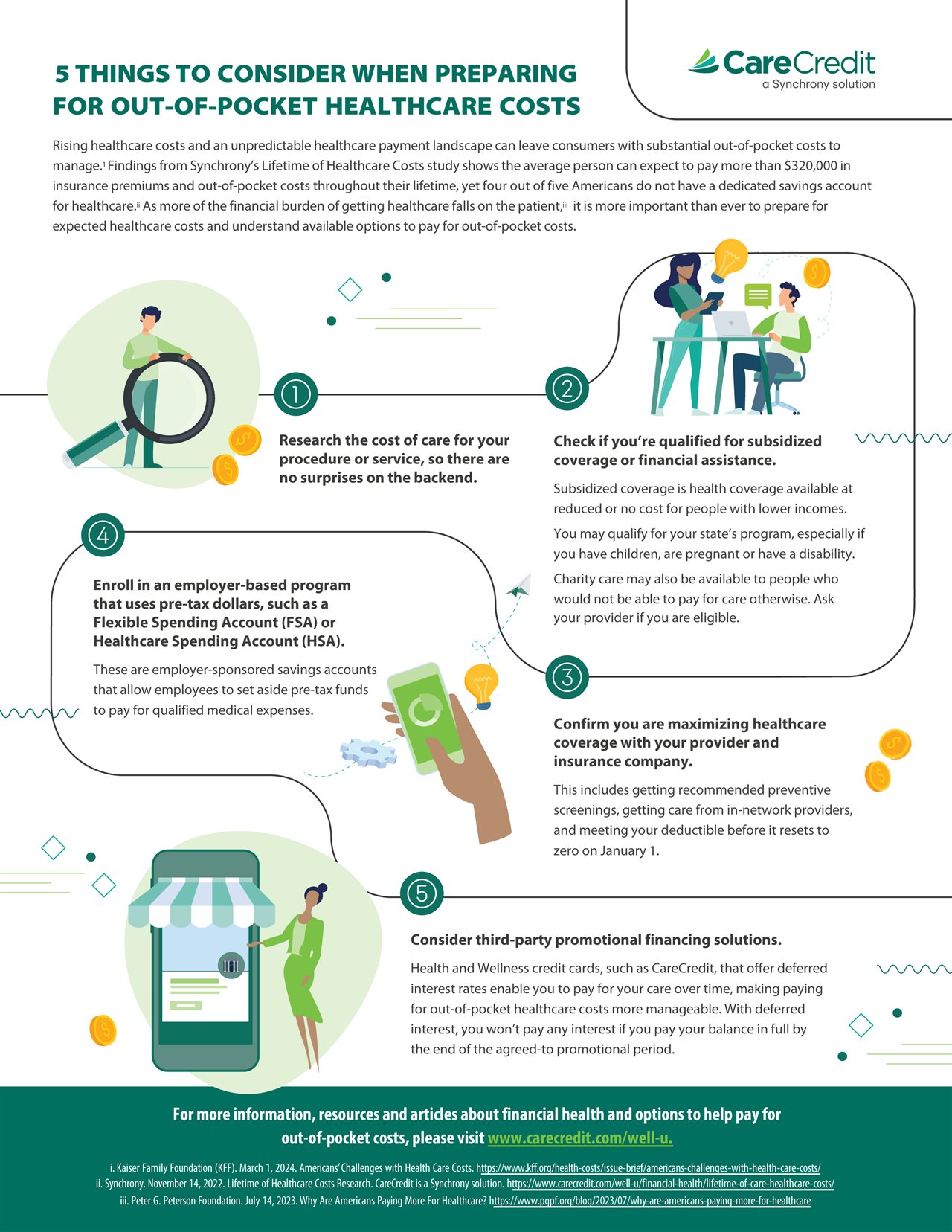2024-08-15T14:01:00
(BPT) – When Skippy Reeves’ mother lost her eyesight to wet age-related macular degeneration (wet AMD), treatments didn’t exist.
After experiencing symptoms himself years later, Skippy went to his eye doctor immediately and was diagnosed with wet AMD. Unlike his mother, he had options available to help keep his vision thanks to the help of treatment.
“Getting started with Vabysmo as soon as I was diagnosed has allowed me to keep my vision as I continue doing the things I love with clarity and joy – fishing, golfing, and watching my grandsons play sports,” Skippy said.
According to a survey of 56 retina specialists – eye doctors who treat wet AMD and other retinal conditions – 95% of them would use a treatment called Vabysmo to care for their own loved ones to treat vision loss caused by wet AMD.* Vabysmo is a prescription medicine given by injection into the eye[1], and is the first and only FDA-approved treatment thought to block two causes of wet AMD[2]. Patients should not use Vabysmo if they have an infection in or around their eye, have active swelling around their eye that may include pain and redness, or are allergic to Vabysmo or any of the ingredients in Vabysmo.
Skippy is also passionate about advocating for the best care not only for himself, but for his family and friends as well. “Making my loved ones aware of this condition and the value of treatment is very important to me,” Skippy added.
Esther L. Kim, MD, a retina specialist at Orange County Retina in California, sees patients with wet AMD regularly, and has prescribed Vabysmo for many of them.
“If you or someone you care for is diagnosed with wet AMD, it’s crucial to have a conversation with a provider about the different medicines available, and explore the possibility of switching treatments,” Dr. Kim, who has already had many patients make the switch, said.
Skippy’s journey with Vabysmo – and the positive impact it’s had on his life – is an experience many patients share. Jane Burdette, a wet AMD patient from Thomaston, Georgia, was prescribed Vabysmo when she became interested in the chance to go up to four months between treatments.*
“I feel truly blessed that my healthcare provider prescribed Vabysmo,” Jane said. “I used to have to get injections every month, but now I can go four months between visits. This has made a huge difference.”
In the U.S., 1.5 million people are living with wet AMD. The risk for developing the condition increases with age and is higher for women and those who smoke, are overweight, or have a family history of the disease.
James (Van) Van-Eimeirem, a patient from Huntington Beach, CA, was receiving treatment for 17 years before switching to Vabysmo.
“I tell all of my family and friends about the success I’ve had with Vabysmo and encourage them to talk to their provider if they are experiencing vision changes,” Van said.
For those who are at risk of or already experiencing vision loss, it is crucial to advocate for a diagnosis and the best care, and enlist help from a support system along the way. Some of the ways people can show up for their loved ones experiencing vision loss include:
- accompanying them to doctor appointments
- guiding them in researching the most effective treatment options
- helping discuss these options with their eye doctor
- being there for them emotionally
With any treatment, there can be side effects. Injections like the one for Vabysmo can cause an eye infection; separation of layers of the retina; a temporary increase in pressure in the eye, and problems related to blood clots, such as heart attacks or strokes.
They can also cause swelling inside the eye that in rare circumstances can cause blockage or narrowing of the blood vessels that carry blood to and from the retina. The most common adverse reactions reported in patients receiving Vabysmo were cataract, which was reported in 15% of patients, and blood on the white of the eye, also called conjunctival hemorrhage, which was reported in 8% of patients. These are not all possible side effects. For more information, talk to your eye doctor and visit Vabysmo.com for the full Prescribing Information.
When vision is at risk due to wet AMD, how we care for ourselves and our loved ones can change everything. Take ownership of your eye health by being proactive about routine eye exams and exploring treatment options such as Vabysmo, and encouraging your loved ones to do the same. Learn more at https://Vabysmo.com.
About Vabysmo® (faricimab-svoa)
Vabysmo is the first bispecific antibody approved for the eye. It targets and inhibits two signaling pathways linked to a number of vision-threatening retinal conditions by neutralizing angiopoietin-2 (Ang-2) and vascular endothelial growth factor-A (VEGF-A). While research is underway to better understand the role of the Ang-2 pathway in retinal disease, Ang-2 and VEGF-A are thought to contribute to vision loss by destabilizing blood vessels, which may cause new leaky blood vessels to form and increase inflammation. By blocking pathways involving Ang-2 and VEGF-A, Vabysmo is designed to stabilize blood vessels.
Vabysmo U.S. Indications
Vabysmo (faricimab-svoa) is a prescription medicine given by injection into the eye, used to treat adults with neovascular (wet) age-related macular degeneration (AMD), diabetic macular edema (DME) and macular edema following retinal vein occlusion (RVO).
Important Safety Information
Contraindications
Vabysmo is contraindicated in patients who have an infection in or around their eye, have active swelling around their eye that may include pain and redness, or are allergic to Vabysmo or any of the ingredients in Vabysmo.
Warnings and Precautions
- Injections like the one for Vabysmo can cause an eye infection (endophthalmitis) or separation of layers of the retina (retinal detachment). Patients should seek medical care if they experience increasing eye pain, vision loss, sensitivity to light, or redness in the white of the eye.
- Vabysmo may cause a temporary increase in pressure in the eye (intraocular pressure), which occurs 60 minutes after the injection.
- Although not common, Vabysmo patients have had serious, sometimes fatal, problems related to blood clots, such as heart attacks or strokes (thromboembolic events). In clinical studies for wet AMD during the first year, 7 out of 664 patients treated with Vabysmo reported such an event. In DME studies from baseline to week 100, 64 out of 1,262 patients treated with Vabysmo reported such an event. In clinical studies for RVO during 6 months, 7 out of 641 patients treated with Vabysmo reported such an event.
- Retinal vasculitis and/or retinal vascular occlusion, typically in the presence of intraocular inflammation, have been reported with the use of Vabysmo. Healthcare providers should discontinue treatment with Vabysmo in patients who develop these events. Patients should be instructed to report any change in vision without delay.
Adverse Reactions
The most common adverse reactions (≥5%) reported in patients receiving Vabysmo were cataract (15%) and blood on the white of the eye (conjunctival hemorrhage, 8%). These are not all the possible side effects of Vabysmo.
Pregnancy, Lactation, Females and Males of Reproductive Potential
- Based on how Vabysmo interacts with your body, there may be a potential risk to an unborn baby. Patients should use birth control before their first injection, during their treatment with Vabysmo, and for 3 months after their last dose of Vabysmo.
- It is not known if Vabysmo passes into breast milk. Patients should talk to their healthcare provider about the best way to feed their baby if they receive Vabysmo.
Patients may report side effects to the FDA at (800) FDA-1088 or
http://www.fda.gov/medwatch. Patients may also report side effects to Genentech at (888) 835-2555.
Please see additional Important Safety Information in the full Vabysmo Prescribing Information or visit https://www.Vabysmo.com.
[1] Clinical studies showed people on Vabysmo gained vision on an eye chart (6 letters on average), similar to those on aflibercept 2 mg through year 1.
[2] Vabysmo is thought to block VEGF and Ang-2 proteins.The benefit of blocking Ang-2 has not been fully established.
*For wet age-related macular degeneration (AMD); in a survey of 56 retina specialists.
*The recommended dose for Vabysmo is 6 mg (0.05 mL of 120 mg/mL solution) administered by intravitreal injection every 4 weeks (approximately every 28 ± 7 days, monthly) for the first 4 doses, followed by optical coherence tomography and visual acuity evaluations 8 and 12 weeks later to inform whether to give a 6 mg dose via intravitreal injection on one of the following three regimens: 1) Weeks 28 and 44; 2) Weeks 24, 36 and 48; or 3) Weeks 20, 28, 36 and 44. Although additional efficacy was not demonstrated in most patients when Vabysmo was dosed every 4 weeks compared to every 8 weeks, some patients may need every 4 week (monthly) dosing after the first 4 doses. Patients should be assessed regularly.


















